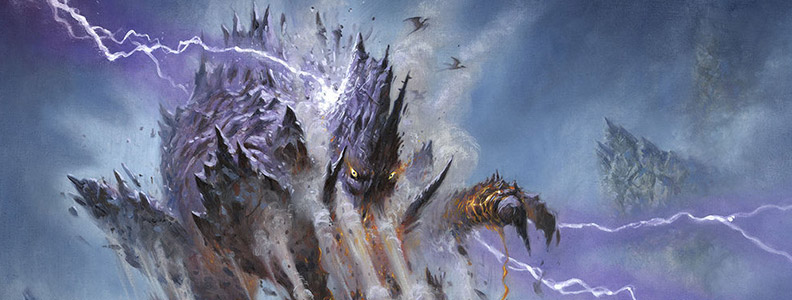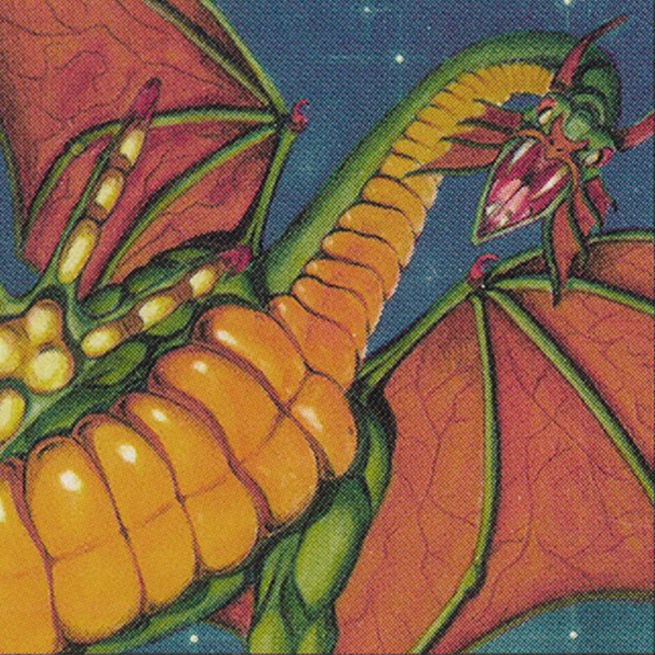Welcome to our weekly interview series number #46!
For today's piece we talked with artist Ralph Horsley who has been illustrating art for Magic for about 15 years, and illustrated 75 cards.
How did you get into art?
I just always remember drawing and sketching. I suppose as a young child and then as a teenager I came across Dungeons and Dragons and that completely changed everything.
Gaming and art have always been my two big passions in life. In the pre-Internet days of in the mid-80s I did art for other people's fanzines, and I even did my own. I didn’t think of making a career in art, my life living in a small town in the north of England made it seem a little bit distant, so I ended up doing a degree in English literature.
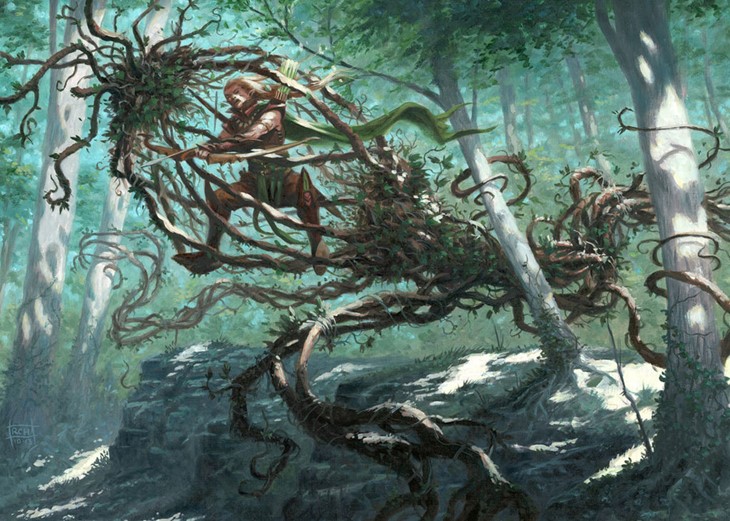
I ended up doing some work professionally for some roleplaying magazines being published in Britain at the time. They all had a short shelf life, but that experience made me realize it was possible to get hard cash for it. Back then it was a lot harder to access those communities, it’s a lot easier these days.
After I finished my degree I decided to pursue art, but at the time I wasn’t very good. I didn't even know what questions to ask about my art, but I was passionate and I was stubborn and I worked whatever I could, sometimes for very little pay or no pay at all but just getting experience.
It was actually someone James Wallace, who'd been involved in the fanzines scene, that asked me if I’d be interested in doing work on roleplaying games with him, and that's how GamesWorkshop came across my art, and that was my way into the games industry.
It was actually through GamesWorkshop that I met Kev Walker, who very kindly said he would recommend me to Jeremy Cramford, who was the art director on Magic at the time.
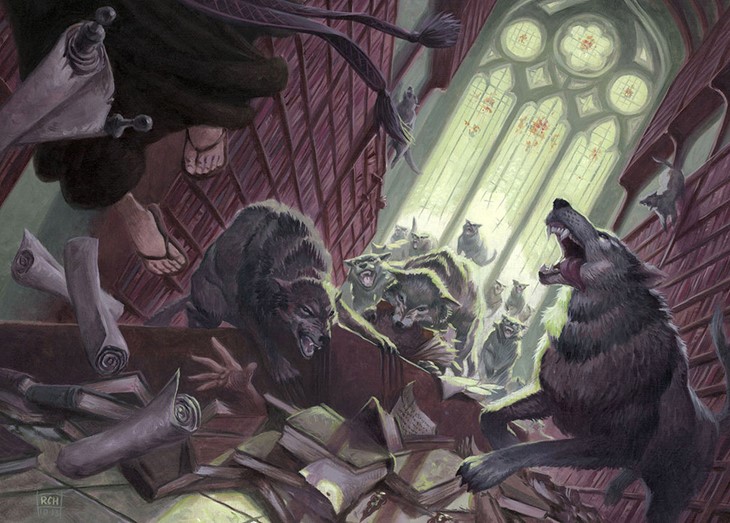
So you never actually had a formal education.
No, I'm self-taught.
And you worked primarily with acrylics?
There’s a number of reasons for that. First, they were cheap and accessible. I had them as part of my sort of hobby arsenal that I used for miniature paintings. I was intimidated by oils: they seemed very expensive, supposedly toxic, and had long drying times. It was just a natural step for me to work in acrylics, which I did up until about five to six years ago, when I started producing some work with oils.
It’s interesting because acrylics and oils are opposites in some ways, so I was breaking some of those ingrained habits which I acquired over 20 years and it was quite hard at first, but now I feel I've developed my own unique process with the oils. My work on Contraptions for Unstable, for example, was all done in oils.
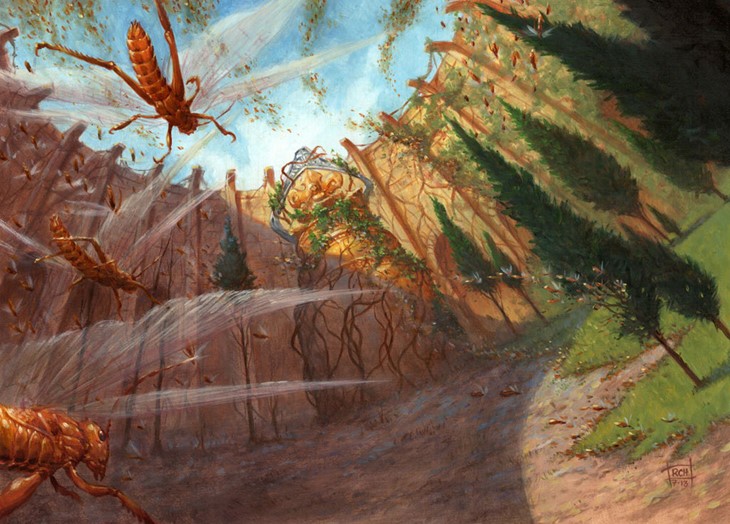
The first cards you did, for the Kamigawa set, are already very high quality, and we can see your style.
It's nice if you say that, of course I don't look at them in the same light. [Laughs]
To exemplify, I really like one of your first cards, Rag Dealer.
Thank you. Well, I wasn’t inexperienced, I had already done a lot of work on other games at the time, and I tried to bring the best of that. I was aware it was a prestige product to work on and I did find it a bit intimidating, I didn’t want to mess up.
You know, you feel you've done a really good card and then the set comes out and you think, ‘everyone else just blew me away’. [Laughs]
What were the hardest cards to paint?
Spell effects! Getting those nice soft blurs at the edges, things like smoke… I always find Magic effects hard with all that high contrast. I think that's maybe partly because working traditionally could be a little harder. So yeah those are usually the areas that will get adjusted digitally in oils.
On the other hand, I also like being given challenges. Something like the Contraptions was fantastic for me because I just thought, “right, this is ridiculous, I'm going to do nine paintings that are going to fit together to make one painting”. That was a pretty massive challenge.
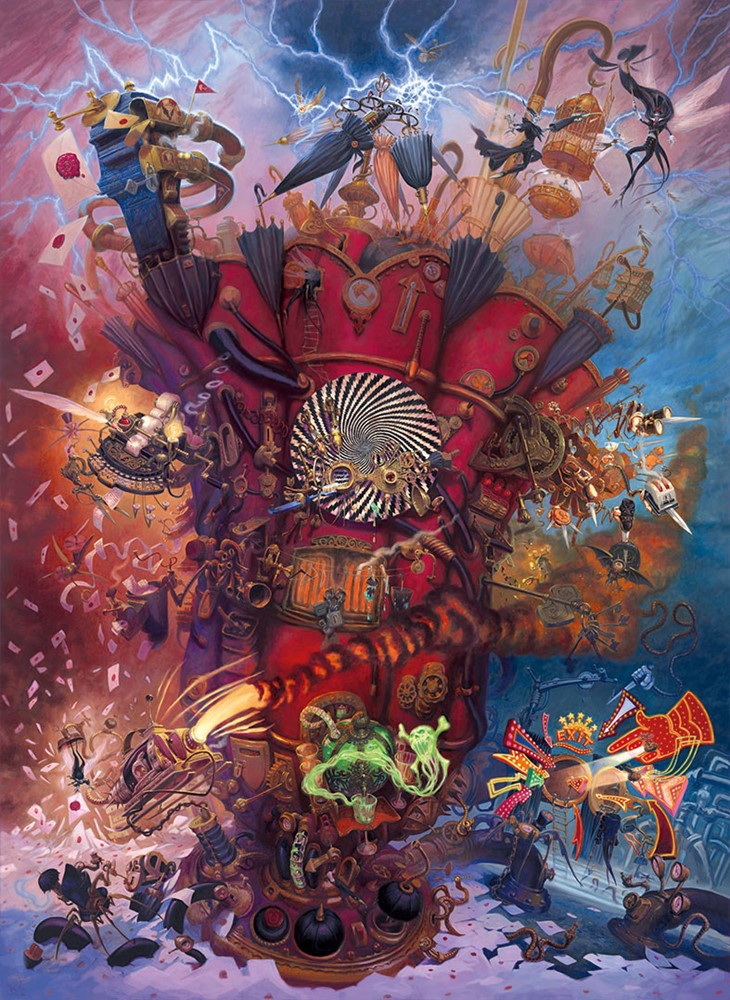
I basically laid each panel out on the floor in my living room, which has a decent floor space, and drew out the outline of it all by hand while standing on a chair so I could look down to get the perspective right.
It's based on like a Victorian umbrella stand. Because I wanted every card to be different, sometimes I want you to be looking down on the objects, sometimes to be looking up on it, so I could play with dramatic effects.
And how long did it take you to do this one?
Because things are done in increments, you sort of lose track. About three months or something like that. Each card took me maybe a bit longer than a week.
Did you ever consider going fully digital?
There was certainly a point maybe about 10 years ago where I seriously considered that. I thought, ‘Am I behind the curve on this one? am I missing a trick? everyone else around me seems to be going digital. Am I just being stubborn here?’
I made sure I was developing the skills, so I can paint digitally, I'm actually doing a project right now that is involved in quite a lot of digital painting, but I came to a few different conclusions on this one.
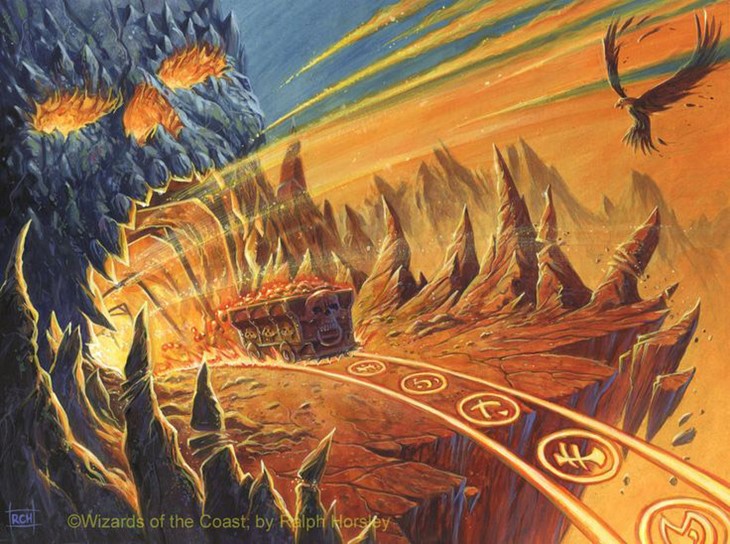
I thought that I was actually producing the work okay as it is, I was not having a problem meeting deadlines, I'm working fast enough so that it's economic for me. If people ask for changes I could make them digitally, so I've got that flexibility in there if I need it.
But part of my enjoyment is sitting at the drawing board with a pencil in my hand with that surface and that environment. Another strong point is that the original sales of my artwork were counting for a reasonably substantial part of my income, probably at least a third of my income is from the sale of originals.
And then at the end of it you have this thing: you have this artifact and it's that creation of the artifact which appeals to me as well. I love the fact that I've made these original paintings and they're going out into the world and people are enjoying them and hopefully they'll exist after I'm gone.
All we can hope is to leave something behind, either positive impressions and impact on people or positive feelings really isn't it?
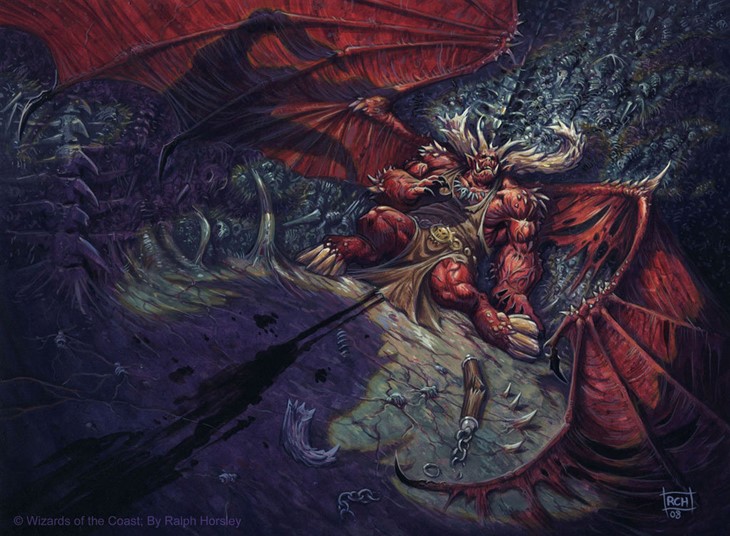
How would you define your relationship with your own work?
I definitely have an emotional relationship with my work. With some pieces I feel I achieved and learned something, I think I'm better at doing that these days. But by the same token I could be made more critical, but usually passage of time is kind. Almost any piece that is over a couple of years I can look at and feel a bit kind towards. [Laughs]
I want to go over some of the cards you painted. Let’s start with Cruel Ultimatum.
I'm happy with the composition, but it could be more readable as far as the values go. I actually like this one; I know I can tend towards humor sometimes, and that’s one where I think it works okay.
What about Creeperhulk?
That’s one that doesn’t get mentioned very often. Is it not a good card?
Yeah, it’s not the best card in the world, but I quite like it. I use it in one of my Commander decks. [Laughs]
Ah, okay! That’s actually one of the last original paintings I’ve got left. I really like this card, because I feel it does read okay at card size, but also it was one where I really felt I took a step forward with my old paintings. I was actually disappointed it wasn’t a better card.
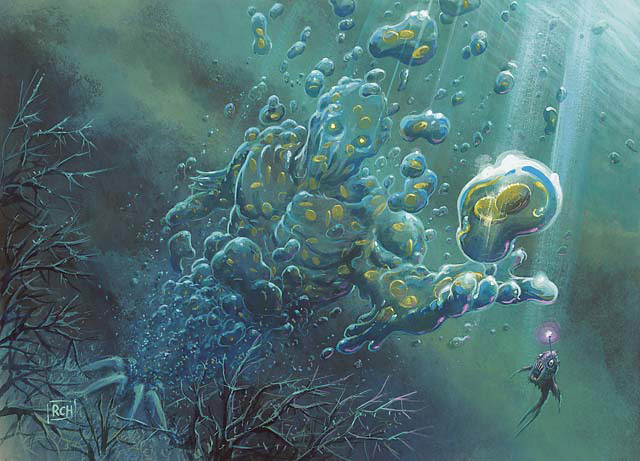
What about Reminisce?
That’s probably my least favorite one! I don’t like the faces much, I don’t think they were well painted, the idea seemed a bit weak.
What are your favorites?
I really like the Contraptions. Stuff like the Urza’s Tower was also really interesting to do, because it was a tryptic. I enjoy doing the Lorwyn set, I thought it suited my style at the time very well. Anthem of Rakdos was a lot of fun.
You can find out more about Ralph's work on his website, and follow him on Facebook and Twitter.
